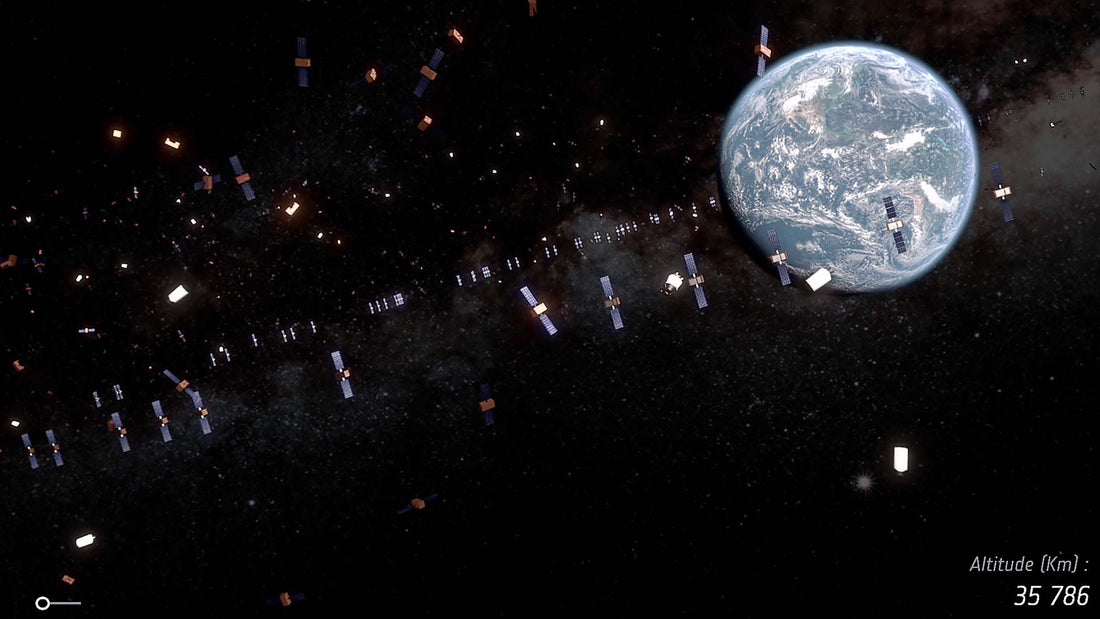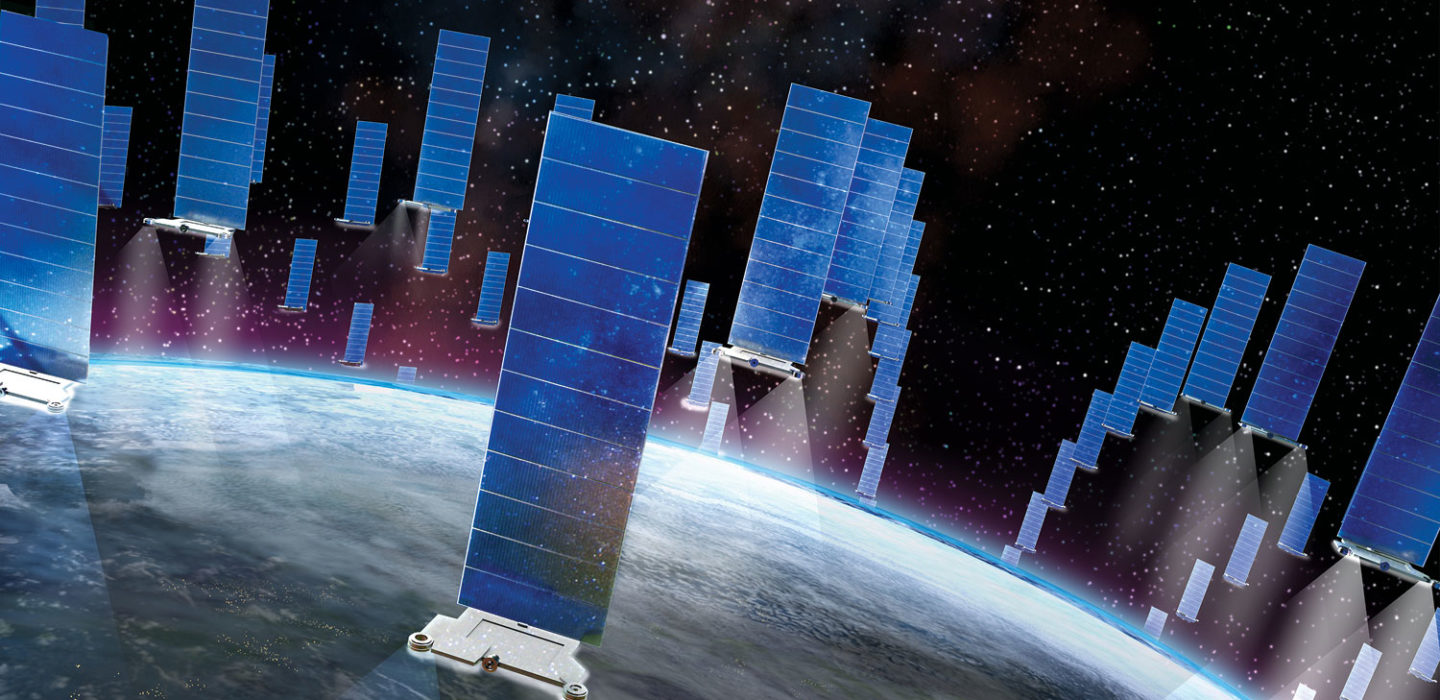
Starlink: 6 months = 25,000 Collision Avoidance Measures
Share
In recent years, there has been a significant increase in the number of times SpaceX's Starlink satellites have had to change their course to avoid potential collisions in space. Between December 2022 and May 2023, these satellites had to manoeuvre over 25,000 times to ensure their safety. This number has doubled compared to the previous six-month period. Since the launch of the first Starlink spacecraft in 2019, they have made more than 50,000 manoeuvres to prevent collisions.
The concern arises from the exponential growth of these collision-avoidance manoeuvres. Experts worry that if this trend continues, it could pose long-term challenges for satellite operations. The number of manoeuvres has been doubling every six months, and this rapid increase could lead to a situation where the safety of satellite operations becomes difficult to manage.
Research indicates that by 2028, Starlink satellites may need to manoeuvre almost a million times in a six-month period to minimise the risk of collisions. SpaceX has already launched about one-third of its planned first-generation constellation of 12,000 satellites, with more launches expected in the future. Additionally, other companies, such as Amazon and China, are also planning to deploy their own satellite constellations.

The increasing number of satellites and the potential for collisions have raised concerns about the future of orbital safety. The current measures taken to avoid collisions involve altering satellite paths whenever there is a potential risk. However, with the projected growth in satellite deployments, maintaining order and safety in space may become increasingly challenging.
Experts compare the situation to driving on a highway and constantly swerving to avoid accidents. It highlights the need to address the issue of orbital congestion and ensure the long-term sustainability of satellite operations. It is essential to find effective solutions to prevent collisions and minimise the risks associated with the growing number of satellites and space debris.
Failure to address these challenges could lead to a scenario known as the Kessler Syndrome, where collisions between satellites and debris create a cascade effect, rendering parts of the orbital environment unusable. To prevent such a scenario and ensure the safe operation of satellites, it is crucial for regulators and space agencies to work together to develop appropriate guidelines and regulations for satellite deployments and collision avoidance in space.
ARSE Jnr
The section where we explain the above to 5-year-olds (and Flat Earthers).
In space, there are lots of satellites, like the ones from SpaceX called Starlink. They help us with things like internet and communication. But lately, there have been more and more satellites moving to avoid crashing into each other. In just six months, the Starlink satellites had to change their paths more than 25,000 times to stay safe. This is a lot more than before!
The problem is that if this keeps happening more and more, it could become a big challenge to make sure the satellites stay safe and don't crash. Experts think that by the year 2028, the satellites might have to move almost a million times in just six months to avoid collisions. That's a lot!
SpaceX has already launched many satellites, and other companies want to send their own satellites too. This means there will be even more satellites in the future. With so many satellites flying around, it's important to figure out how to keep them from crashing into each other.
If we don't find a way to keep satellites safe, there could be a big problem called the Kessler Syndrome. It's when satellites crash into each other and create a chain reaction, making space too crowded and unsafe for other satellites. We need to prevent that from happening!
To make sure satellites can work well and stay safe, scientists and space agencies are working together to create rules and guidelines. They want to find ways to avoid collisions and keep space a safe place for satellites. It's important to solve these challenges so that we can keep using satellites for important things like communication and exploring space!
You’ve come this far…
Why not venture a little further into A.S.S. - our exclusive Australian Space Society.
And keep thrusting Australia into the deep unknown…
#Space_Aus




